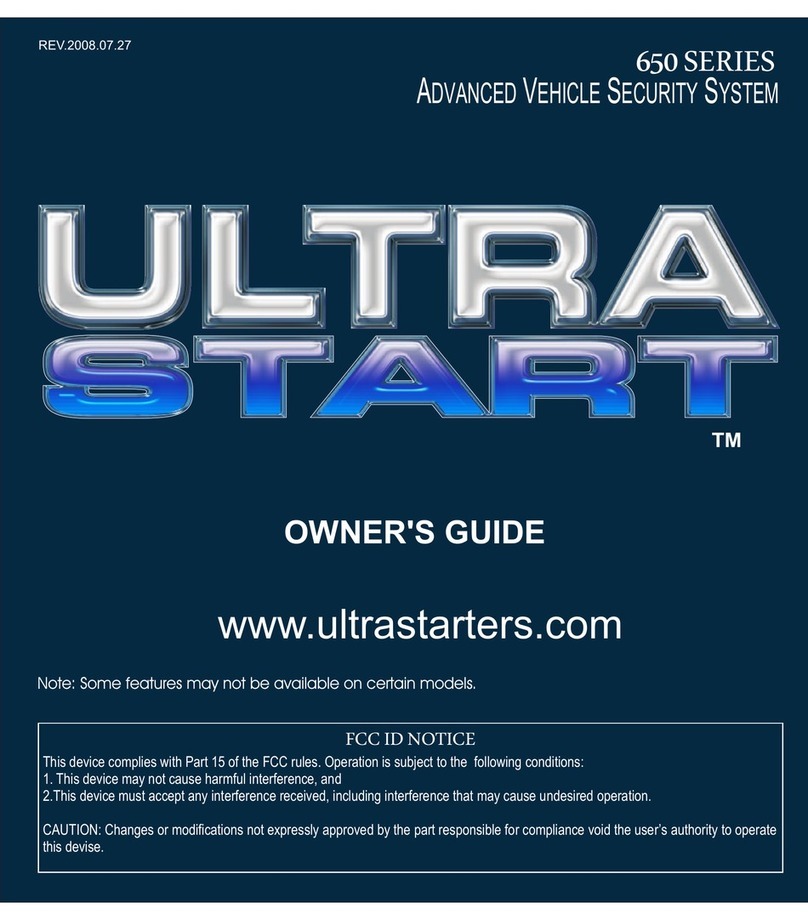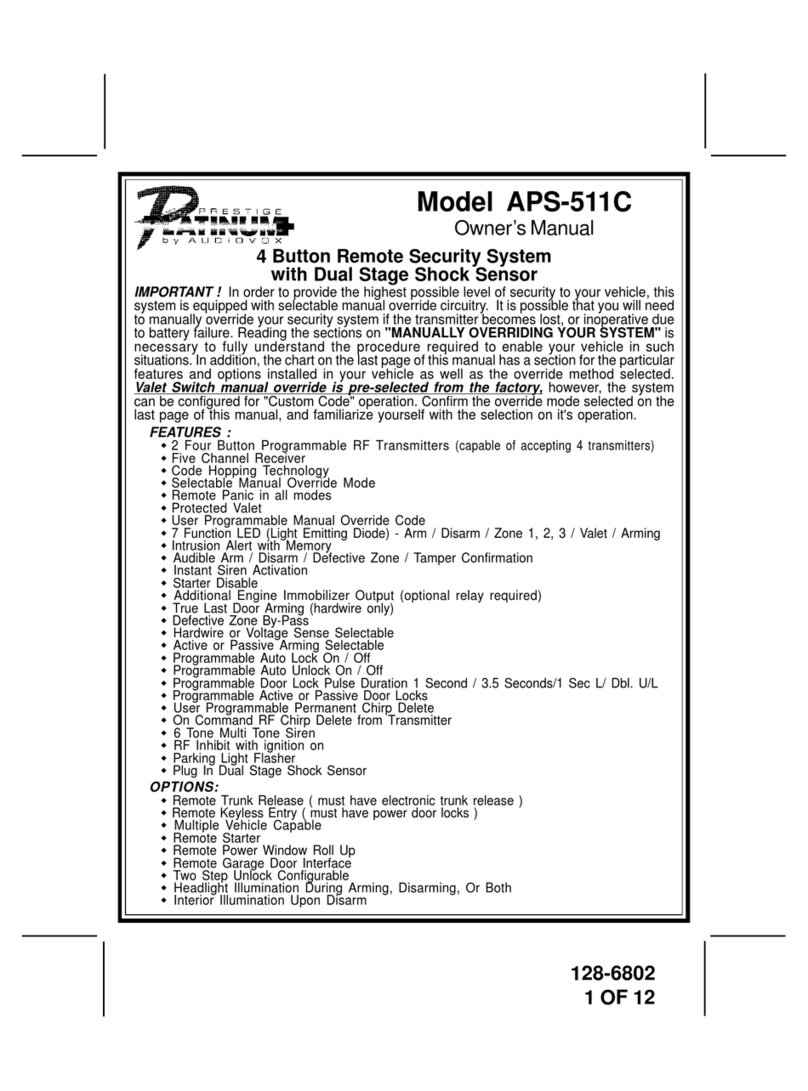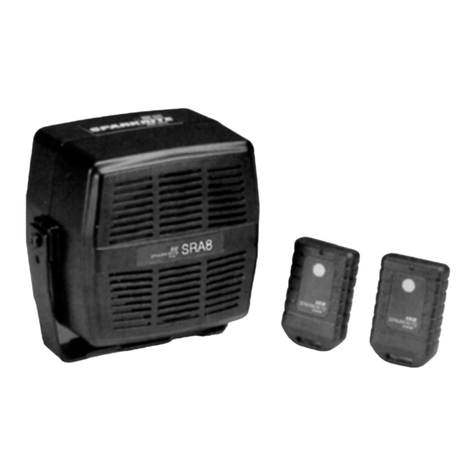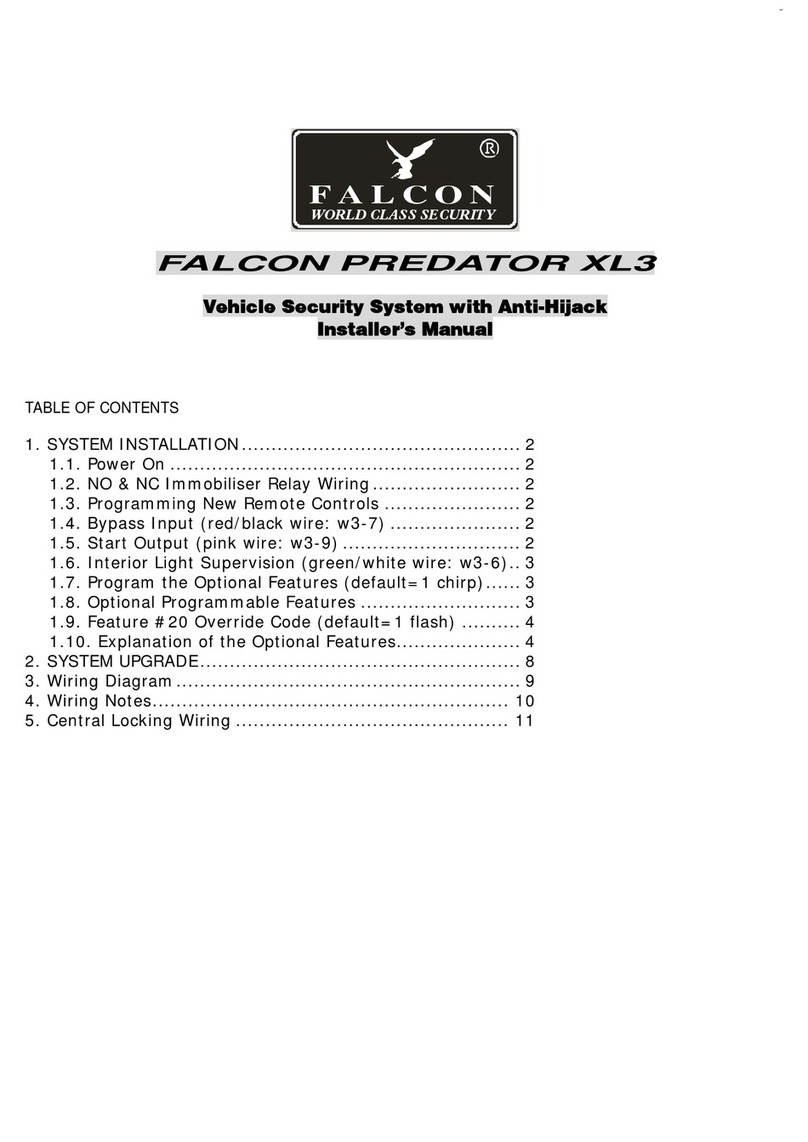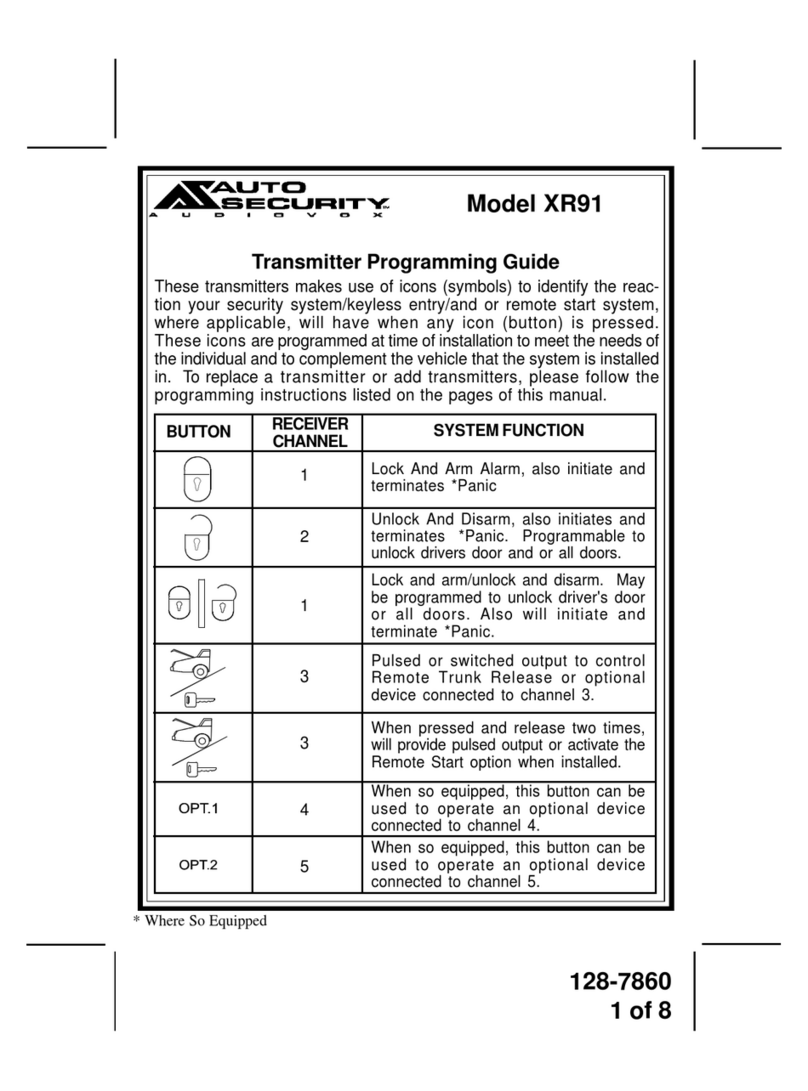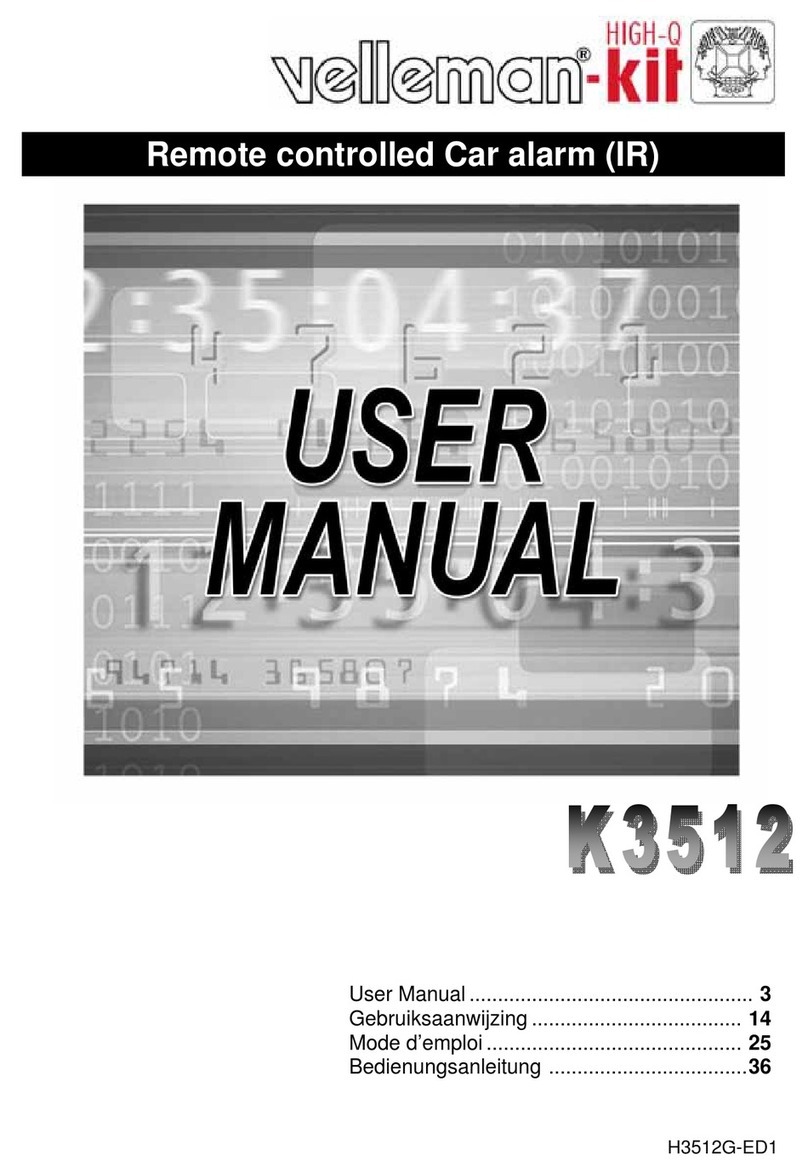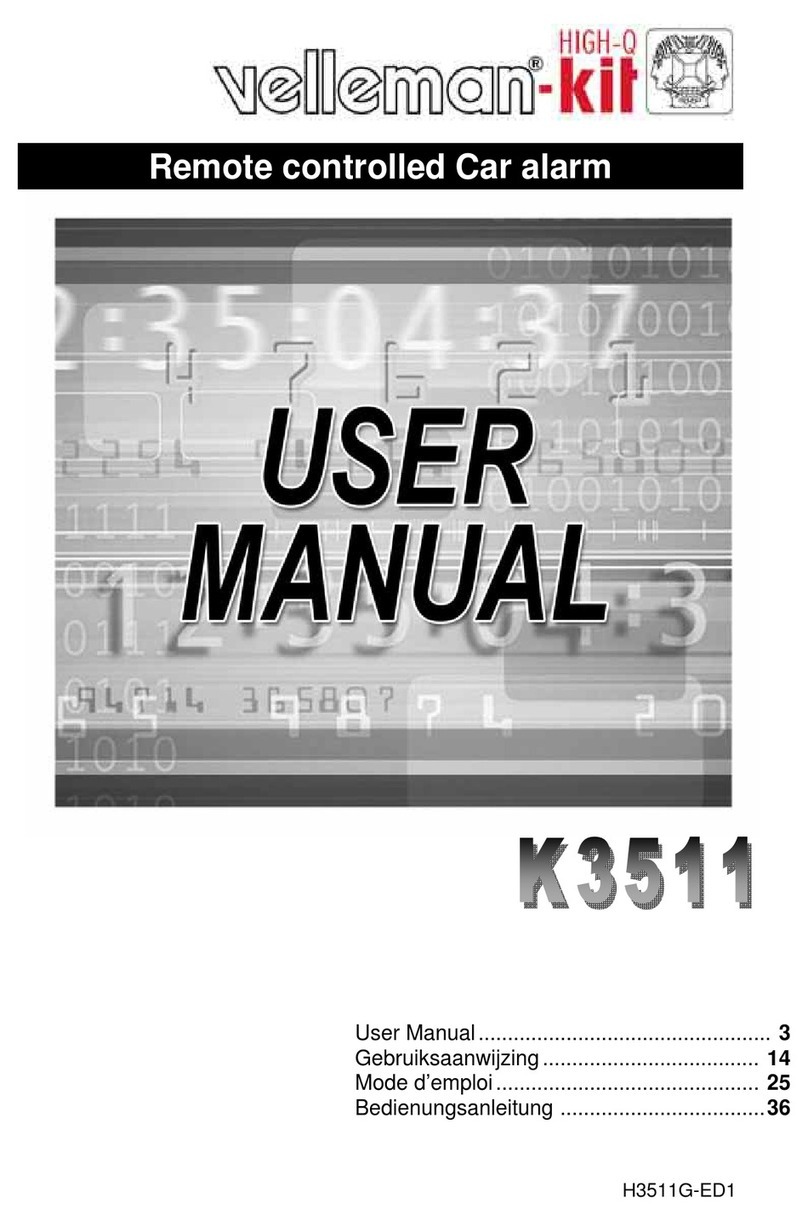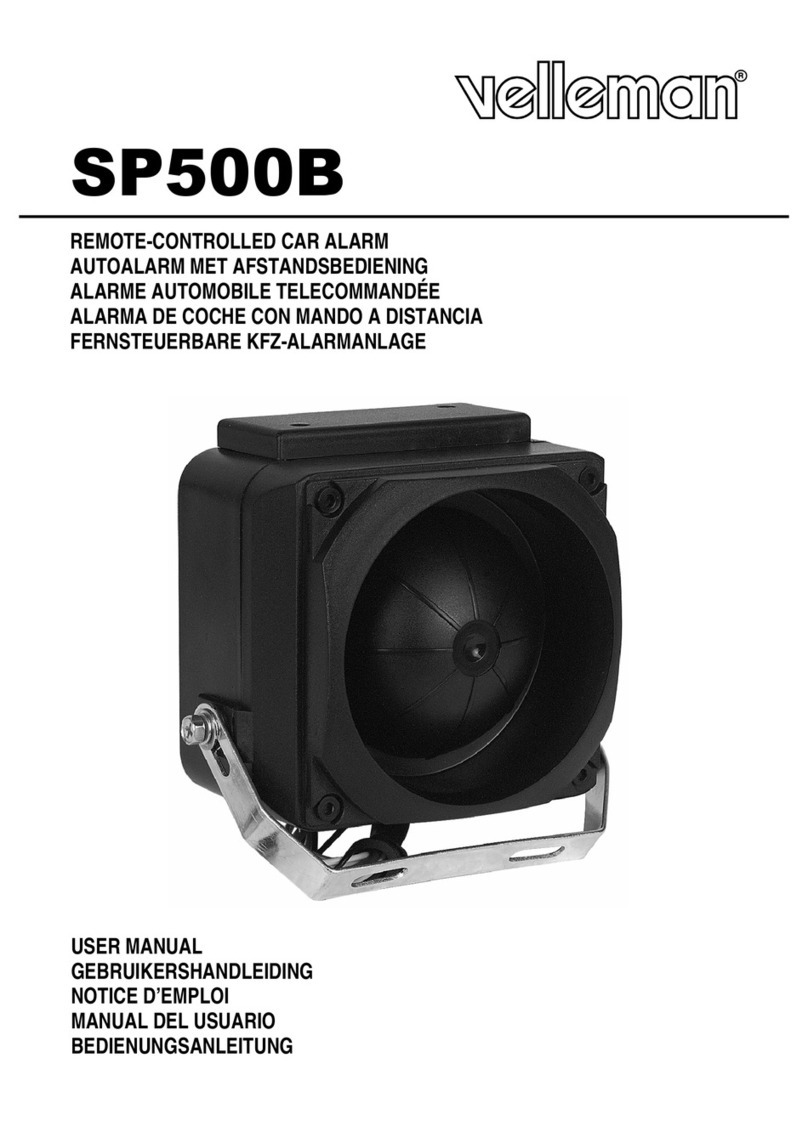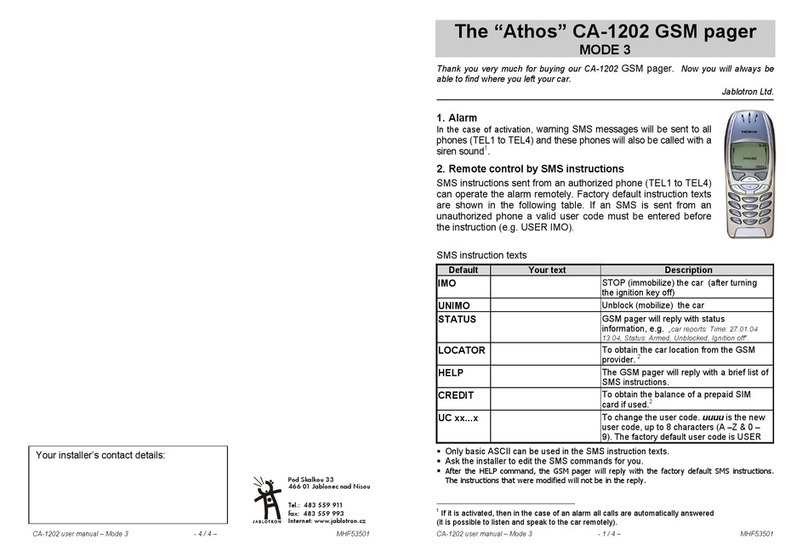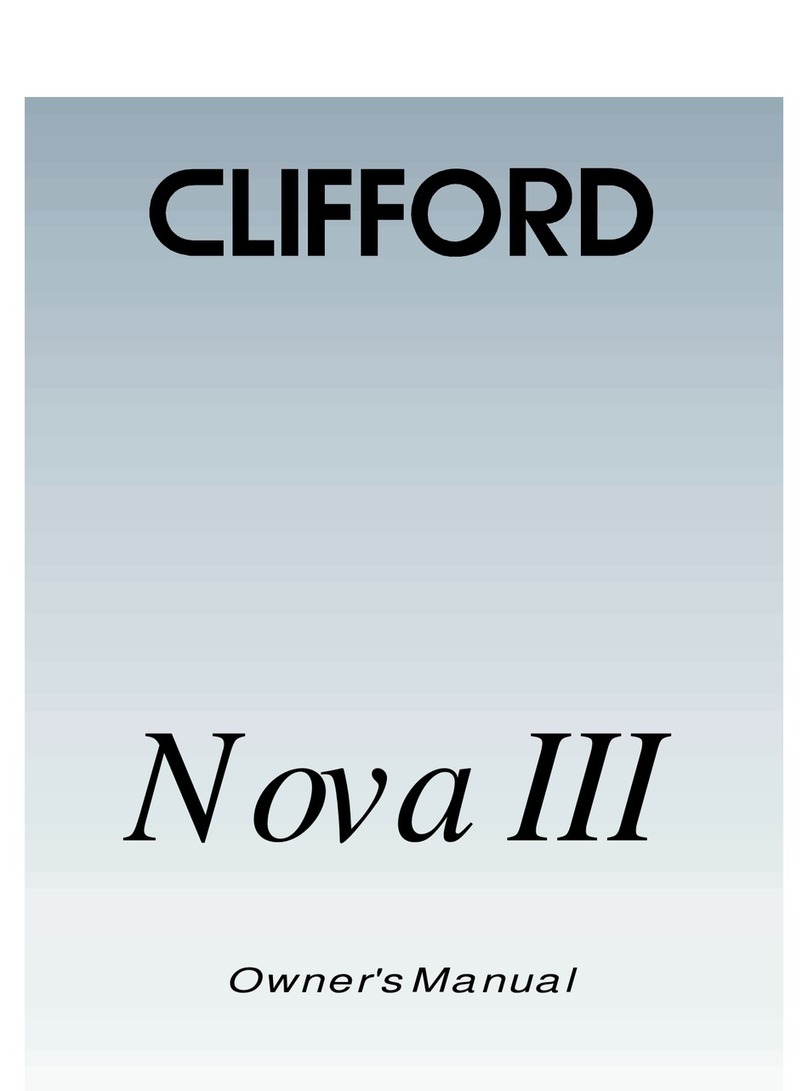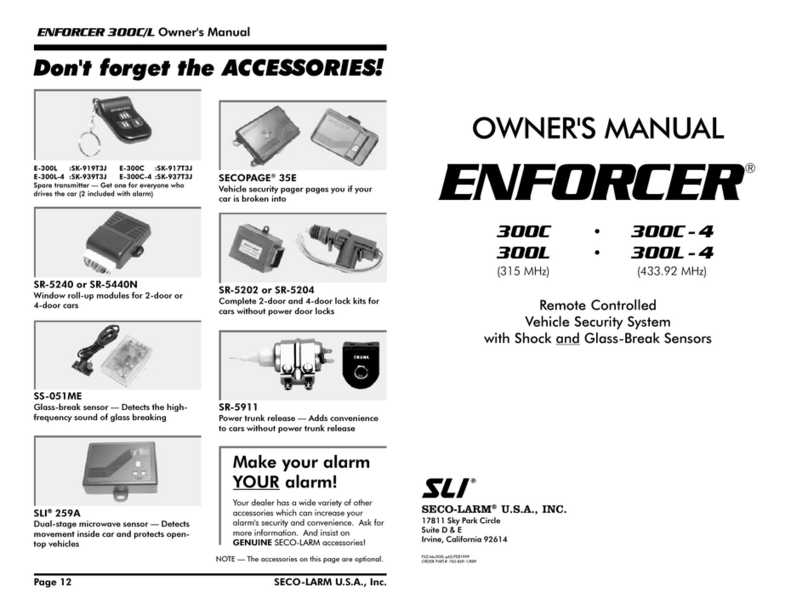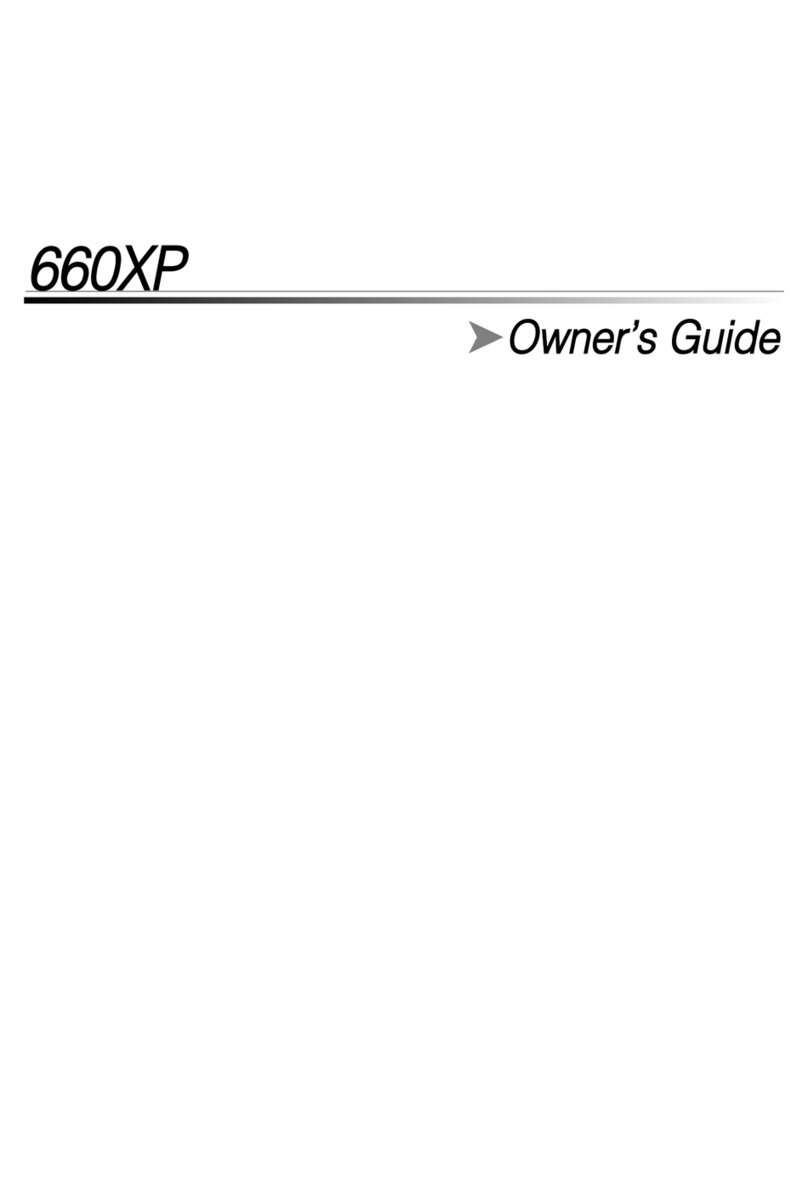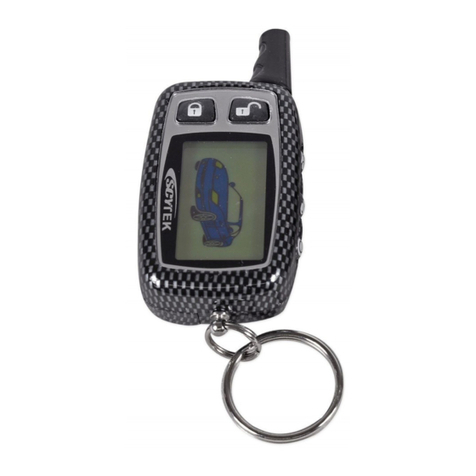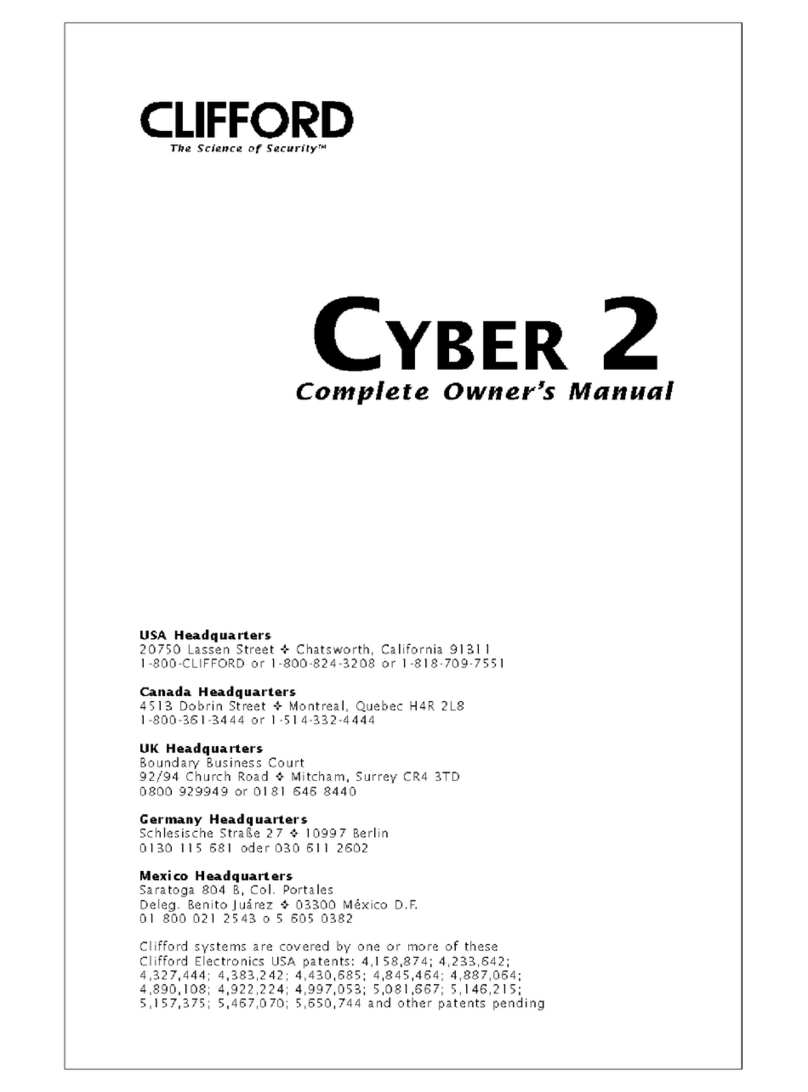
10
(C) Construction of the main PCB 3511
J
1. Jumperwire
ZD1 : 2V4
ZD2 : 5V1
ZD3 : 18V
ZD4 : 18V
ZD5 : 18V
3.Zener diode. Check the polarity!
D1 : 1N4148
D2 : 1N4148
D3 : 1N4148
D4 : 1N4148
D5 : 1N4148
D6 : 1N4148
D7 : 1N4000 … 1N4007
D8 : 1N4000 … 1N4007
D9 : 1N4000 … 1N4007
D10 : 1N4000 … 1N4007
D11 : 1N4000 … 1N4007
D12 : 1N4000 … 1N4007
2. Diodes (Check the polarity)
CATHODE
D...
CATHODE
ZD...
R1 : 100K (1 - 0 - 0 - 3 - 1)
R2 : 100K (1 - 0 - 0 - 3 - 1)
R3 : 100K (1 - 0 - 0 - 3 - 1)
4. Resistors (check the color code)
R...
R4 : 100K (1 - 0 - 0 - 3 - 1)
R5 : 10 (1 - 0 - 0 - B)
R6 : 220 (2 - 2 - 1 - B)
R7 : 4K7 (4 - 7 - 2 - B)
R8 : 4K7 (4 - 7 - 2 - B)
R9 : 4K7 (4 - 7 - 2 - B)
R10 : 4K7 (4 - 7 - 2 - B)
R11 : 1K (1 - 0 - 2 - B)
R12 : 1K (1 - 0 - 2 - B)
R13 : 1K (1 - 0 - 2 - B)
R14 : 1K (1 - 0 - 2 - B)
R15 : 1K (1 - 0 - 2 - B)
R16 : 1K (1 - 0 - 2 - B)
R17 : 1K (1 - 0 - 2 - B)
R18 : 1K (1 - 0 - 2 - B)
R19 : 1K (1 - 0 - 2 - B)
R20 : 47K (4 - 7 - 3 - B)
R21 : 47K (4 - 7 - 3 - B)
R22 : 47K (4 - 7 - 3 - B)
R23 : 47K (4 - 7 - 3 - B)
R24 : 47K (4 - 7 - 3 - B)
R25 : 47K (4 - 7 - 3 - B)
R26 : 47K (4 - 7 - 3 - B)
R27 : 47K (4 - 7 - 3 - B)
R28 : 47K (4 - 7 - 3 - B)
R29 : 10K (1 - 0 - 3 - B)
R30 : 10K (1 - 0 - 3 - B)
R31 : 10K (1 - 0 - 3 - B)
R32 : 10K (1 - 0 - 3 - B)
R33 : 10K (1 - 0 - 3 - B)
R34 : 10K (1 - 0 - 3 - B)
R35 : 10K (1 - 0 - 3 - B)
R36 : 10K (1 - 0 - 3 - B)
R37 : 10K (1 - 0 - 3 - B)
R38 : 10K (1 - 0 - 3 - B)
R39 : 10K (1 - 0 - 3 - B)
R40 : 10K (1 - 0 - 3 - B)
R41 : 10K (1 - 0 - 3 - B)
R42 : 10K (1 - 0 - 3 - B)
R43 : 10K (1 - 0 - 3 - B)
R44 : 10K (1 - 0 - 3 - B)
R45 : 100K (1 - 0 - 4 - B)
R46 : 100K (1 - 0 - 4 - B)
Construction
